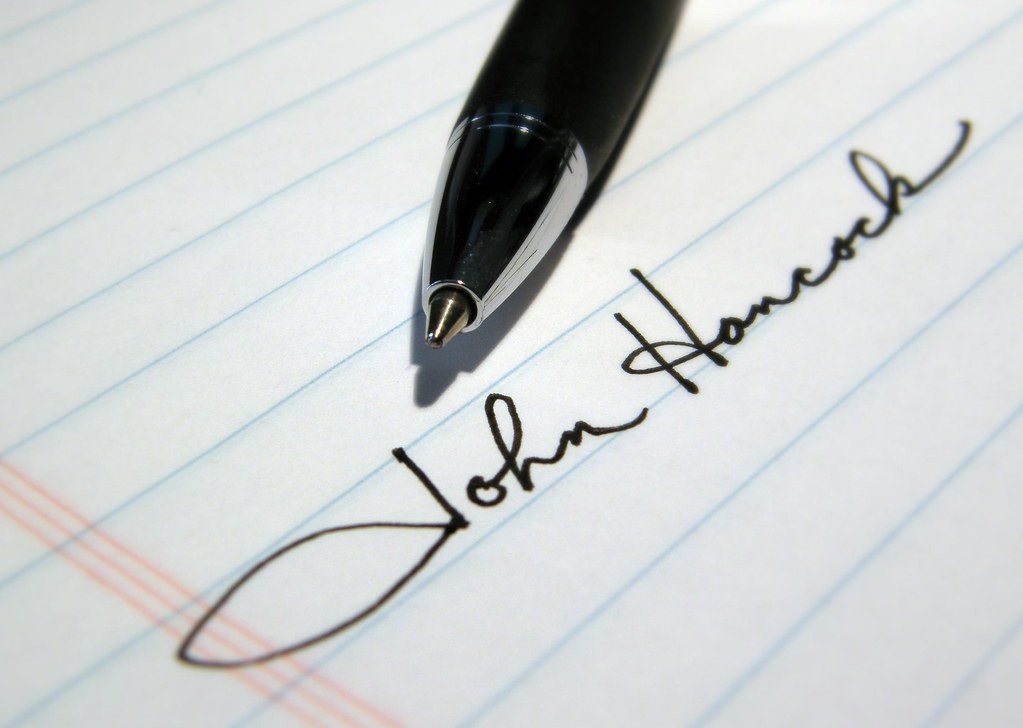
Ever found yourself lost in the dusty pages of history, imagining the hands that penned momentous declarations or intimate letters? There’s an undeniable allure to historical documents, a tangible connection to the past that can send shivers down your spine. They offer glimpses into worlds long gone, providing invaluable insights into political systems, cultural treasures, and the very fabric of human experience. But what happens when that connection is a lie? What if those ancient texts or seemingly genuine records are nothing more than a meticulously crafted sham?
Welcome to the fascinating, often nail-biting, world of historical document forgery! It’s a realm where cunning fraudsters attempt to rewrite history, either for financial gain, to sow confusion, or simply to pull off the ultimate intellectual prank. Thankfully, it’s also a world where forensic science steps in, a true Sherlock Holmes for the archival age, armed with advanced techniques to peel back the layers of deceit and reveal the truth. Forget what you think you know about old paper and ink; the science of fraud detection is a high-stakes game of observation, chemistry, and pure investigative genius.
So, grab your magnifying glass and put on your detective hat! We’re about to embark on a thrilling journey through 13 ingenious ways historical documents are forged—and, more importantly, how forensic experts, like those at Speckin Forensic Laboratories, employ a remarkable range of techniques to sniff out the fakes. From the subtle dance of a pen stroke to the secret life of ink molecules, prepare to have your mind blown by the intricate forensic science of fraud. Let’s start by uncovering some of the most common handwriting and ink-related betrayals a forger can make.
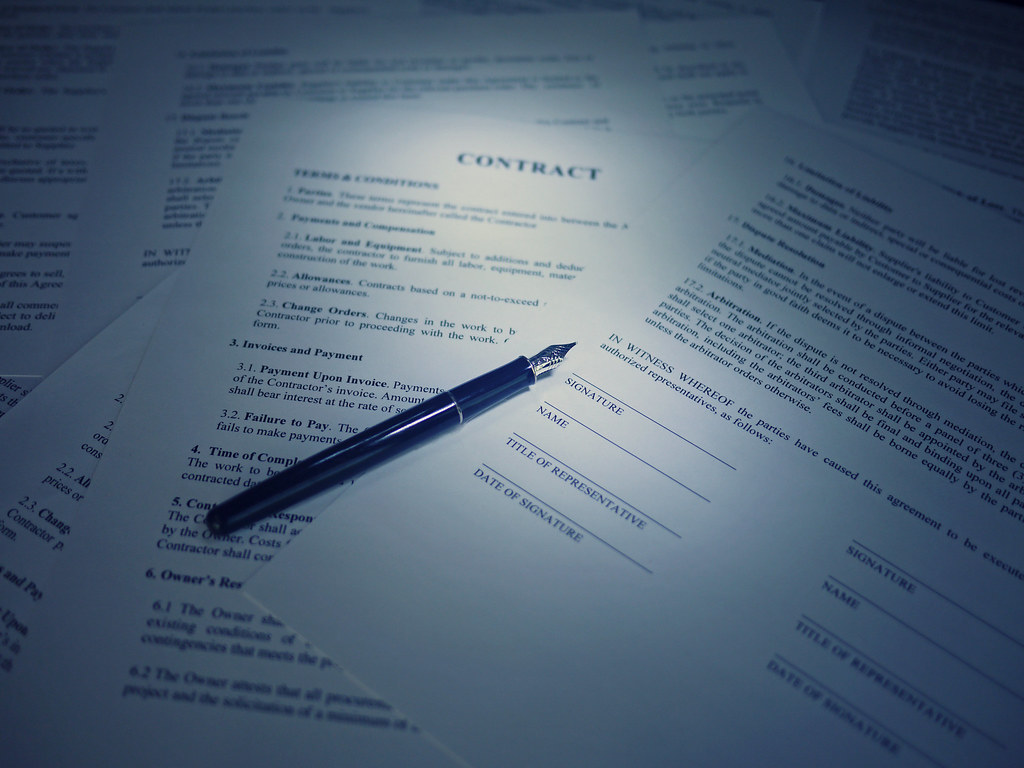
1. **Disguised Writing and Printing: The Forger’s Self-Sabotage**
One of the first tricks a forger might try is simply disguising their own writing. If they can’t perfectly mimic the original writer, they might attempt to alter their natural handwriting style or printing to avoid being identified. This isn’t about copying someone else; it’s about trying to hide oneself. It’s a common technique for those who want to create a fake document and avoid their own hand being recognized, perhaps by making their cursive look more jagged or their printing less uniform than usual.
However, this effort to mask natural tendencies often backfires. Forensic document examiners are highly attuned to the subtle, often subconscious, habits ingrained in a person’s writing. When someone attempts to disguise their writing, they tend to introduce inconsistencies and unnatural patterns. The writing might appear hesitant, with sudden changes in pressure or speed that aren’t present in genuine, freely written text. It’s incredibly difficult to sustain a truly disguised hand across an entire document without betraying some aspect of one’s natural style.
Experts meticulously analyze these inconsistencies. They look for signs of ‘drawn’ letters rather than freely flowing ones, or for a deliberate, almost too careful, execution of strokes. A forger trying to hide their own hand will often introduce features that are alien to their normal writing while simultaneously failing to completely eradicate all their inherent characteristics. It’s a careful dance between what they are trying to hide and what they simply cannot help but reveal, making disguised writing a fascinating puzzle for forensic science to unravel.
This method is discussed in forensic literature as part of the broader examination of handwriting, where topics like ‘disguised writing and printing’ are specifically addressed. It highlights that the goal isn’t always to perfectly imitate a historical figure, but sometimes just to obscure the true author, which still leaves a distinct forensic trail for those who know what to look for.
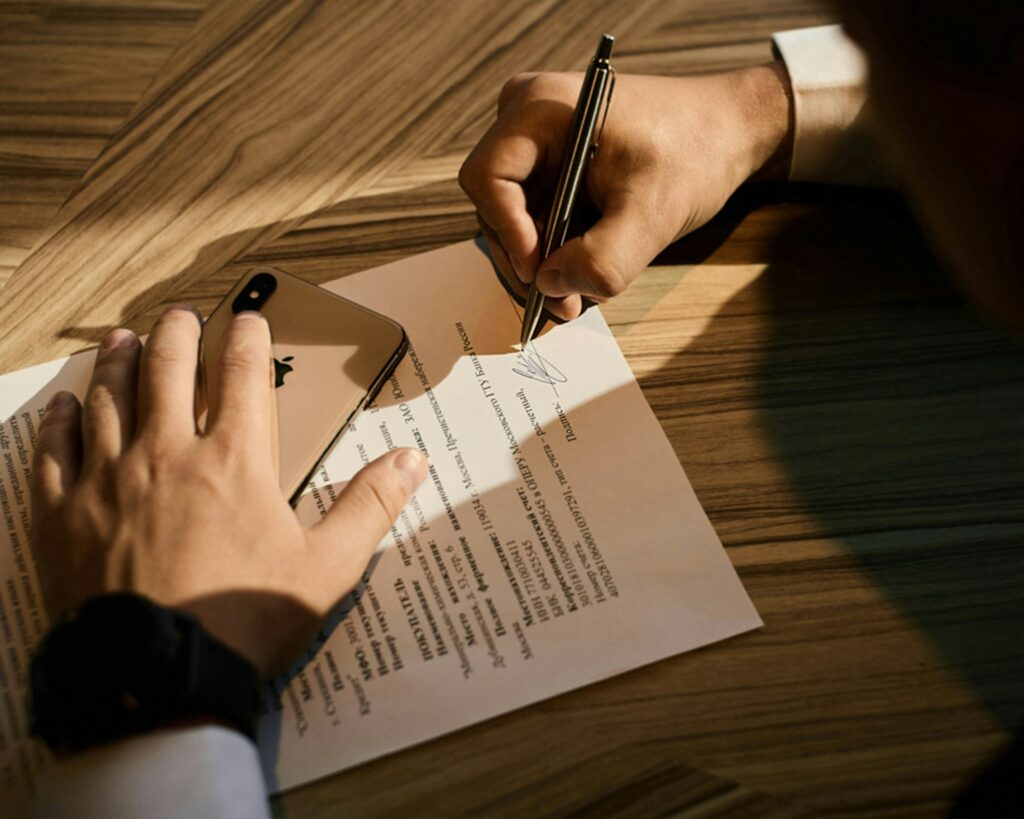
2. **Forged Signatures: The ‘Holy Grail’ of Fraud**
When it comes to historical documents, few things carry more weight than a signature. A signature authenticates, validates, and personalizes a document, making it an irresistible target for forgers. Crafting a convincing forged signature is often the cornerstone of a successful document fraud, whether it’s on a purported presidential decree, a rare manuscript, or a historical contract. The challenge for the forger, however, is immense, as signatures are highly individual and notoriously difficult to replicate perfectly.
Forensic document examiners, like those at Speckin Forensic Laboratories, dedicate significant expertise to signature verification. They don’t just glance at the signature; they conduct a detailed examination of its intricate characteristics. This includes scrutinizing the ‘stroke order,’ which is the sequence in which the pen moves to form the letters, the ‘line quality,’ referring to the smoothness and continuity of the ink lines, and ‘pen lifts,’ the moments where the pen is lifted from the paper, often unconsciously, during the writing process. These seemingly minor details are critical indicators of authenticity.
What often betrays a forged signature is a lack of fluidity and natural rhythm. While a genuine signature is typically executed with confidence and a consistent flow, a forger, trying to meticulously copy a model, will often show signs of hesitation, shakiness, or an unnatural slowing down. They might make tiny corrections or pauses that are absent in the original. These minute discrepancies, invisible to the untrained eye, are glaring red flags for an expert who can compare the questioned signature against known, authenticated samples.
Detecting forged signatures relies on a deep understanding of graphology, or handwriting analysis, but it transcends mere visual comparison. It’s about analyzing the psychomotor skills involved in writing and how those skills manifest in the physical traces left on paper. This precise, systematic comparison is what allows forensic experts to ensure accurate and reliable results, protecting the integrity of historical records and preventing legal or financial fraud.
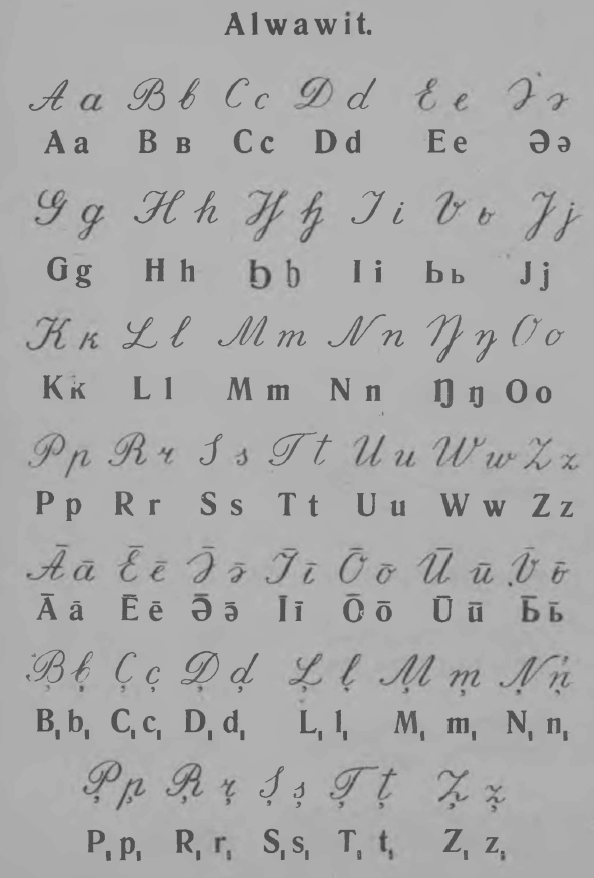
3. **Manipulating Letter Formation: The Devil’s in the Details of ‘A’ and ‘B’**
Beyond the overall flow of a signature, the way individual letters and characters are formed provides a wealth of information about a writer. Each of us develops a unique, almost unconscious, style for shaping our ‘a’s, our ‘t’s, and our ‘g’s. This personal alphabet, encompassing the shape, size, and slant of letters, is deeply ingrained and incredibly consistent in genuine writing. It’s like a unique fingerprint for every character we put on paper.
A forger, when attempting to replicate historical handwriting, faces the daunting task of mimicking not just the general appearance but also these specific nuances of letter formation. They might get the overall look right, but upon closer inspection, an expert will notice subtle deviations in how a particular loop is closed, the angle of a crossbar, or the precise curvature of an ascender or descender. These are the minute details that reveal a forgery, even if a superficial resemblance exists.
Analysts look for inconsistencies between the questioned document and known samples of the alleged author’s writing. Is the ‘s’ consistently more rounded? Does the ‘t’ always have a distinctive top? A forger might successfully copy a few letters but struggle to maintain that consistency across the entire document. The mental effort required to consciously manipulate every single letter to match another’s style is immense, and eventually, the forger’s own natural habits will start to seep through.
Moreover, the pressure applied to the pen as a letter is formed, and the direction of the strokes, are also part of letter formation analysis. A genuine writer forms letters with an almost effortless motion, while a forger might ‘draw’ them slowly and painstakingly, resulting in uneven pressure or changes in stroke direction that are out of character. This meticulous examination of individual letter formations is a cornerstone of identifying forged historical documents.
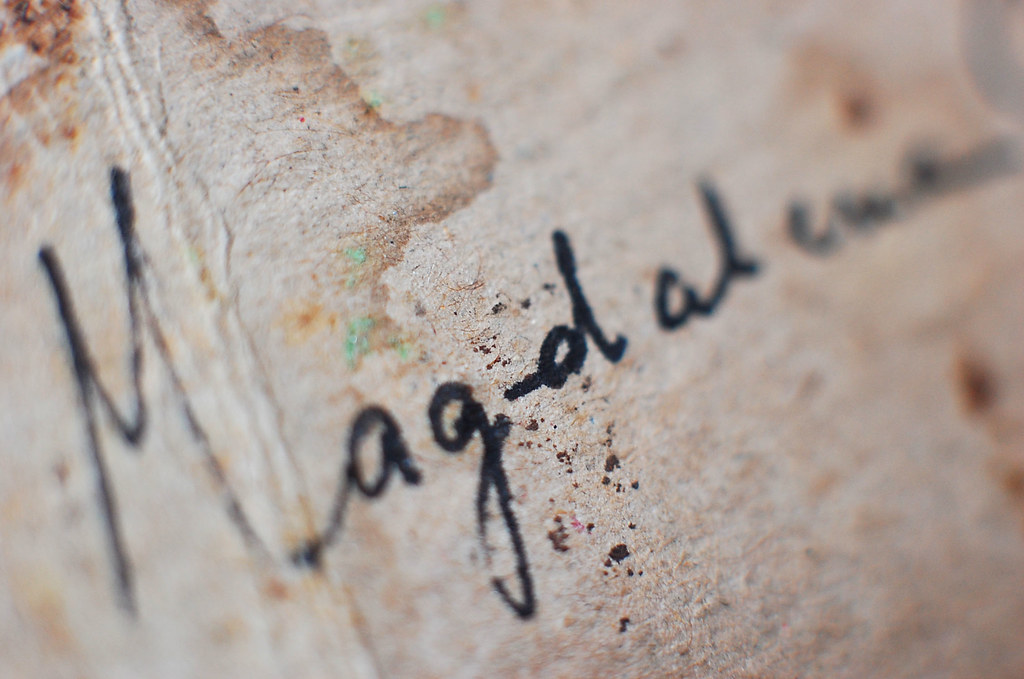
4. **Inconsistent Stroke Analysis: The Rhythmic Betrayal of the Pen**
Think about how effortlessly you write your own name – the pen glides across the paper with a certain rhythm and consistency. This inherent ‘rhythm’ of writing is precisely what forensic experts study through stroke analysis. It involves examining the pressure, speed, and fluency of the strokes that make up handwriting. This isn’t just about what the letters look like, but *how* they were physically made. It’s an investigation into the kinetic energy of writing.
Authentic handwriting typically exhibits consistent pressure and fluidity. The writer maintains a natural, unbroken flow, applying pressure in a manner that is habitual and consistent throughout the text. There’s an almost unconscious ballet of motion between the hand, the pen, and the paper. This consistency is a hallmark of genuine documents, whether they are recent business records or centuries-old manuscripts, reflecting the writer’s ingrained motor habits.
In stark contrast, forged handwriting often shows ‘erratic pressure and uneven strokes.’ A forger, concentrating intensely on mimicking a model, frequently hesitates, lifts the pen where the original writer wouldn’t, or varies the pressure in an unnatural way. These pauses and inconsistencies disrupt the natural flow, creating a jerky, less confident appearance. The effort to control every minute detail of the copy prevents the spontaneous, fluid execution seen in genuine writing.
These subtle differences are crucial for detection. An expert can discern where a forger slowed down, where they pressed too hard, or where the line quality faltered. It reveals the struggle to reproduce something that doesn’t come naturally, exposing the artificiality of the writing. By meticulously comparing these stroke characteristics against known, authentic samples, forensic document examiners can identify the tell-tale signs of a meticulous, yet ultimately imperfect, attempt to replicate history.
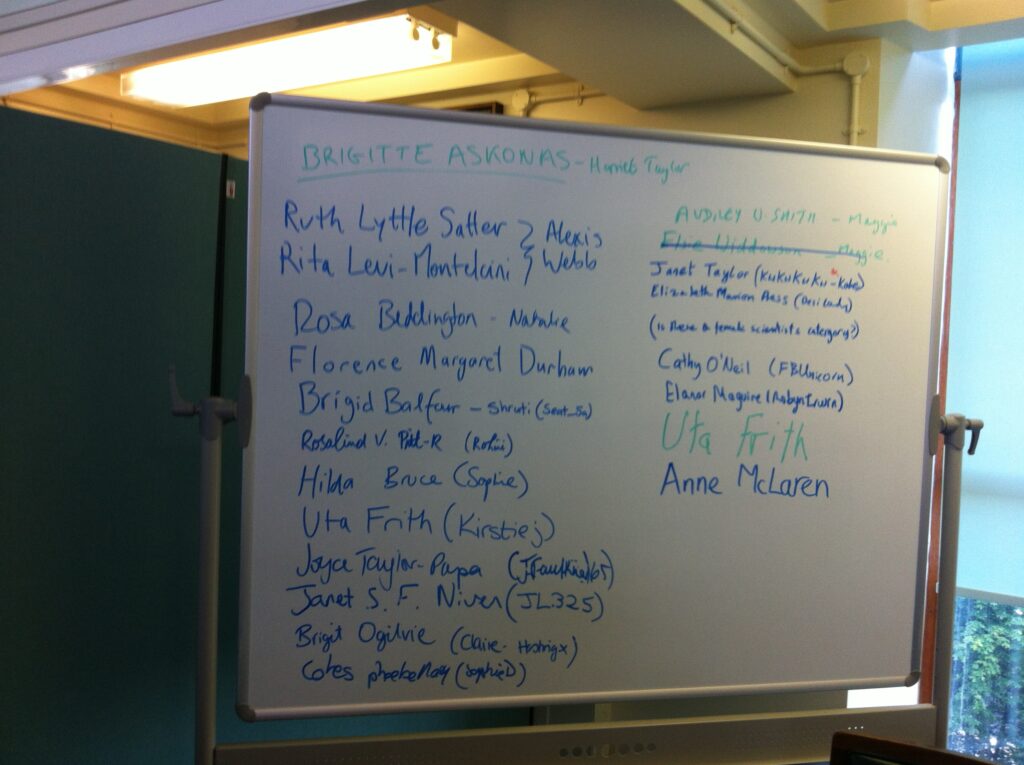
5. **Irregular Spacing and Alignment: The Hidden Blueprint of Text**
When we write, we naturally create patterns in how we space letters within words, words within sentences, and how our lines of text align on the page. These seemingly mundane aspects – the ‘spacing between letters and words, as well as the alignment of text’ – are often subconscious habits, yet they are crucial indicators of authenticity in document examination. A genuine writer tends to maintain a relatively consistent, albeit personal, approach to these spatial relationships across a document.
For example, some writers consistently leave a little more space between certain letter combinations, or their baselines might naturally drift slightly upwards or downwards on an unlined page. These subtle consistencies are part of their unique writing fingerprint. It’s not something they consciously plan; it’s a reflection of their ingrained motor skills and visual processing. These patterns contribute to the overall visual integrity and naturalness of a historical document.
However, forgers frequently struggle to replicate these spatial nuances. While they might focus intently on letter forms or signatures, the broader layout and alignment often escape their perfect imitation. They might inadvertently create ‘irregularities in spacing and alignment’ – words might be too cramped or too spread out, or the baseline of the writing might wobble unevenly. These deviations can be a dead giveaway, indicating that the text was produced by someone consciously trying to copy, rather than naturally flowing.
These irregularities are particularly telling in historical documents where precise ruling might be absent, forcing the writer to self-regulate. A forger trying to replicate a 17th-century manuscript might struggle with the freehand consistency that a seasoned scribe would possess. Forensic experts meticulously measure and compare these spatial elements, recognizing that while a few mistakes might be accidental, consistent irregularities across a document are often strong evidence of a deliberate fabrication, offering yet another window into the forger’s hand.

6. **Altering Ink Chemistry for Deception: The Invisible Clock Inside the Ink**
Imagine ink not just as a static mark on paper, but as a tiny chemical time capsule. This is the fascinating world of ink dating, a critical technique in forgery detection, especially when verifying the authenticity of historical documents, legal contracts, or ancient records. The ink itself holds secrets about its age, and a forger attempting to create an ‘old’ document with ‘new’ ink is playing a dangerous game with chemistry.
Forensic experts employ sophisticated ‘chemical analysis’ to determine the approximate age of the ink used in a document. This isn’t guesswork; it involves examining the degradation of specific chemical compounds within the ink over time. Many modern inks contain organic solvents and dyes that undergo predictable chemical changes as they age. By understanding these degradation processes, scientists can pinpoint whether the ink aligns with the supposed age of the document.
One powerful method is ‘Solvent Extraction.’ This technique involves extracting minute amounts of solvents from the ink and analyzing their composition using advanced tools like gas chromatography-mass spectrometry (GC-MS). Different inks have different solvent profiles, and as an ink dries and ages, certain volatile solvents evaporate. The presence or absence of these specific solvents, and their ratios, can provide a reliable indication of the ink’s age. If a document supposedly from 1850 contains solvents only used in inks developed in the 1950s, then we have a major problem!
Beyond chemical degradation and solvent analysis, ‘Color Comparison’ can also offer insights. Over time, inks can fade or change color due to exposure to light, heat, or other environmental factors. While this can sometimes be difficult to distinguish from intentional aging, comparing the current color of the ink to known samples of how that particular ink should look at a certain age can reveal discrepancies. Speckin Forensic Laboratories leverages these advanced ink dating techniques to accurately determine the age of ink, providing crucial, often irrefutable, evidence in forgery investigations and protecting the authenticity of priceless historical artifacts.” , “_words_section1”: “1940
But the game of forensic detection doesn’t stop with what’s written or the ink itself. Sometimes, the secrets lie within the very fabric of the document or its hidden history, demanding a broader and deeper dive into material evidence and contextual clues. Forensic experts, like the skilled professionals at Speckin Forensic Laboratories, employ an impressive array of additional techniques to peel back the layers of deceit. Get ready to discover even more ingenious ways historical documents are forged—and how science keeps history honest!
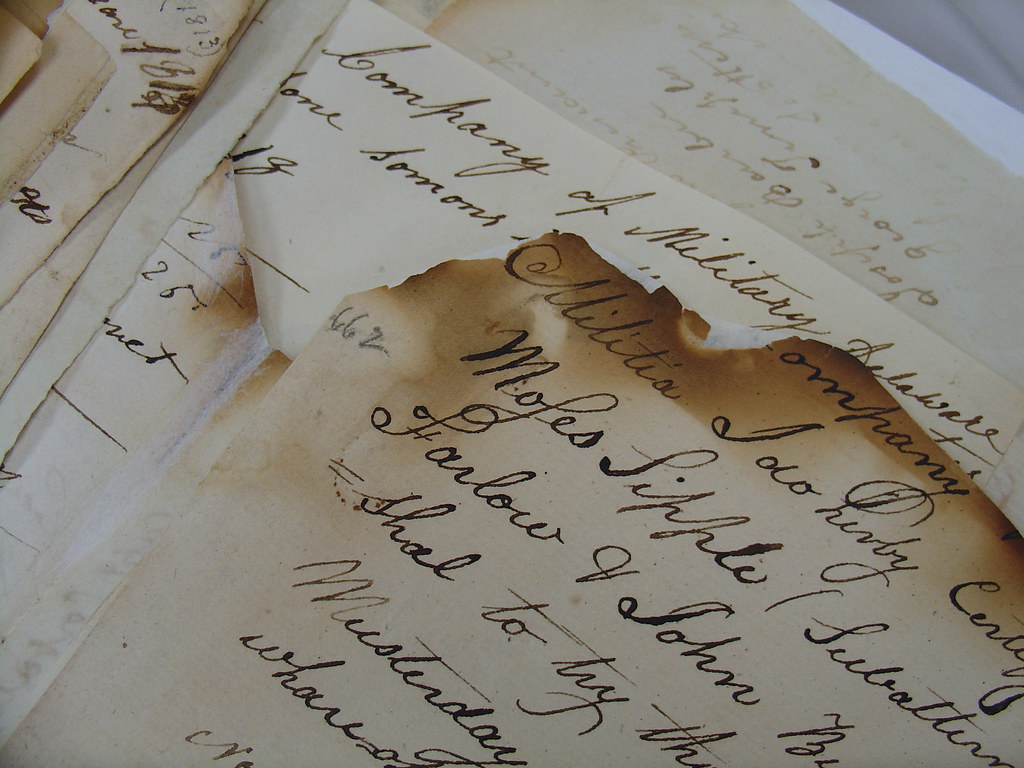
7. **Sequencing of Entries: The Unseen Chronology**
Imagine a critical historical document where an entry suddenly appears, seemingly out of nowhere, designed to alter the narrative or confer a new right. Forgers, ever hopeful, might try to insert new text or figures into an existing document, assuming it will blend seamlessly. However, forensic science knows that every stroke of the pen leaves a chronological footprint, and experts are adept at “examining the order in which entries were made in a document to detect alterations.” This isn’t just about reading the words; it’s about understanding the timeline of their creation.
This method often involves a meticulous examination of ink overlaps. When one ink stroke crosses another, the expert can determine which stroke was applied first by observing how the ink pigments and fibers interact at the intersection. Did the new ink bleed onto the old, or did the old ink break through the new? These subtle visual cues, often enhanced with magnification, provide undeniable evidence of when an addition or alteration occurred, betraying a forger’s attempt to insert information out of sequence.
Beyond ink interactions, experts also consider the broader physical context. Was the new entry squeezed into a space that was clearly too small, suggesting it was added later? Are there subtle differences in ink color or sheen that indicate a different pen or batch of ink was used, even if the forger tried to match the original? These are all pieces of the puzzle that, when put together, can reconstruct the true chronological order of a document’s creation and expose any attempts to rewrite history.
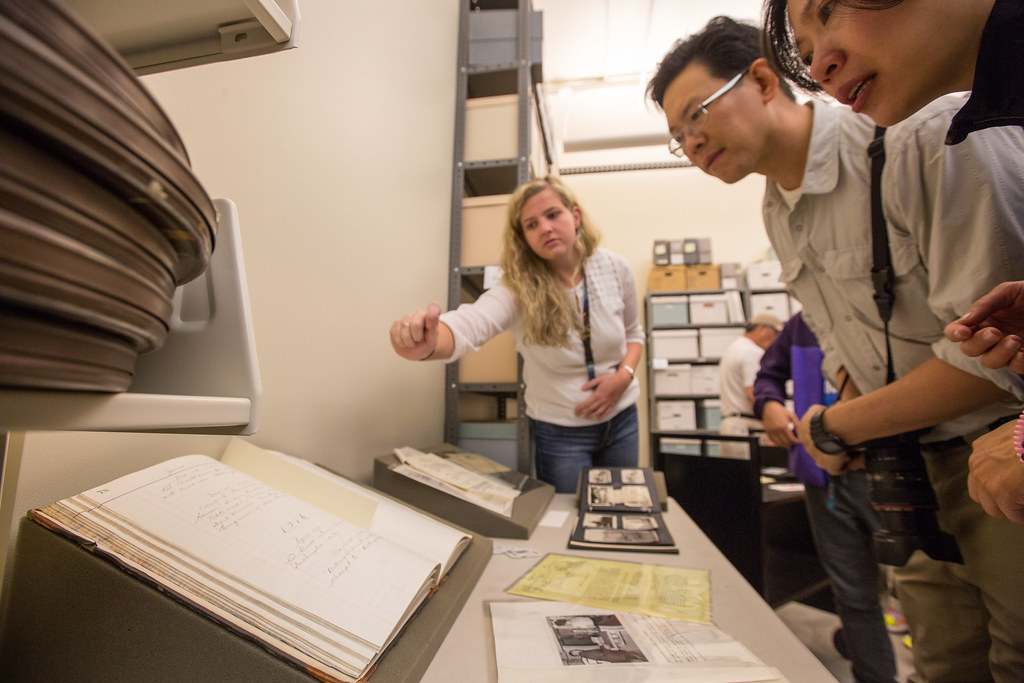
8. **Macroscopic and Microscopic Study: The Visible and Invisible Worlds**
You might think that inspecting a document means simply giving it a good look, perhaps with a magnifying glass. But forensic document examination takes that concept to a whole new level, utilizing both “macroscopy” (examination with the eye or low magnification) and “microscopy” (high-power magnification). It’s like going from seeing the overall landscape to exploring every tiny pebble and blade of grass, revealing details that are utterly invisible to the casual observer.
Macroscopic examination, often the first step, involves looking at the document’s general condition, the type of paper, any visible erasures, folds, or tears. Experts are trained to spot unnatural creases, unusual discoloration, or even faint indentations that could suggest previous writing that was removed. This initial, broad assessment helps orient the investigation, flagging areas that require closer scrutiny.
Then comes the incredible power of microscopy. Under high magnification, the document transforms into a universe of minute details. Experts can examine individual paper fibers, observe how ink has settled into the paper’s texture, and even identify subtle evidence of chemical erasures that have damaged the paper’s surface. A forger might painstakingly remove original text, but a microscopic view will often reveal tell-tale disruptions to the paper fibers or faint residues of the erased ink, leaving a damning trail of evidence.
Microscopy is also crucial for confirming stroke order, detecting precisely where a pen lifted from the paper, or even identifying residual pencil guidelines that a forger used before applying ink. These tiny details, often just microns across, can be the irrefutable evidence needed to declare a document a fraud, proving that forensic science truly embraces the motto that the devil is in the details.

9. **Spectral Techniques: Unmasking Hidden Secrets with Light**
Light isn’t just for seeing; in the world of forensic document examination, it’s a powerful tool for revealing what’s hidden. “Spectral techniques discuss ultraviolet light, infrared radiation, laser technology, and photographic processes” as ways to uncover forged elements that are completely invisible under normal viewing conditions. Think of it as putting on a pair of superhero goggles that let you see through a forger’s disguise!
Ultraviolet (UV) light is a fantastic first pass. Many modern papers contain optical brightening agents that glow under UV, which would be absent in truly ancient papers. More importantly, different inks react to UV light in distinct ways, sometimes fluorescing brightly or appearing completely transparent. This can immediately highlight an area where a different ink was used, even if it looks identical in natural light, screaming ‘alteration!’ to the trained eye.
Infrared (IR) radiation takes this further. Some inks, particularly carbon-based inks used in many historical documents, absorb IR light and become transparent, while others, like certain modern ballpoint inks, remain visible. This allows experts to differentiate between inks that appear similar to the eye, or even to read text that has been crossed out or written over with an IR-transparent ink. It’s like magic, but it’s pure science, letting us see the layers of a document’s history.
Laser technology, coupled with specialized photographic processes, offers even more advanced capabilities. Lasers can enhance faint or indented writing that isn’t visible by other means, picking up the impressions left on the paper even if no ink was used. These spectral techniques collectively provide a multi-dimensional view of a document, making it incredibly difficult for a forger to hide their tracks, no matter how clever they think they are.

10. **Authenticity of Writing Materials: The Paper Trail of Time**
The medium is often as important as the message, especially in historical documents. A genuine historical text should, naturally, be written on materials consistent with its purported age and origin. This is where the examination of “writing materials” comes into play, a critical component of the “multi-evidential approach” to forgery detection. It’s not enough for the handwriting to look old; the paper (or parchment, or papyrus) itself must tell a story that aligns with history.
Forensic experts delve into the characteristics of the document’s substrate. They look for signs like the type of fibers used in paper, comparing them to known manufacturing methods of the era. For instance, paper made after the mid-19th century often contains wood pulp, which would be a glaring anachronism in a document claiming to be from the 17th century, where rag paper was the norm. Watermarks, too, are meticulously examined, as these distinct designs can be tied to specific paper mills and production periods.
Beyond composition, the physical signs of aging are also scrutinized. Does the material exhibit natural discoloration, brittleness, or foxing (age spots) consistent with centuries of existence, or does it show signs of artificial aging? Forgers might try to stain or bake paper to give it an antique appearance, but these methods often leave unnatural patterns or damage that an expert can identify. Genuine aging is a slow, complex chemical process that is incredibly difficult to perfectly replicate.
Ultimately, the authenticity of the writing material itself can be a powerful determinant of a document’s truthfulness. If the material doesn’t match the historical context—if a document supposedly from the American Revolution is written on paper manufactured fifty years later—it immediately raises a red flag, often an insurmountable obstacle for even the most cunning forger.
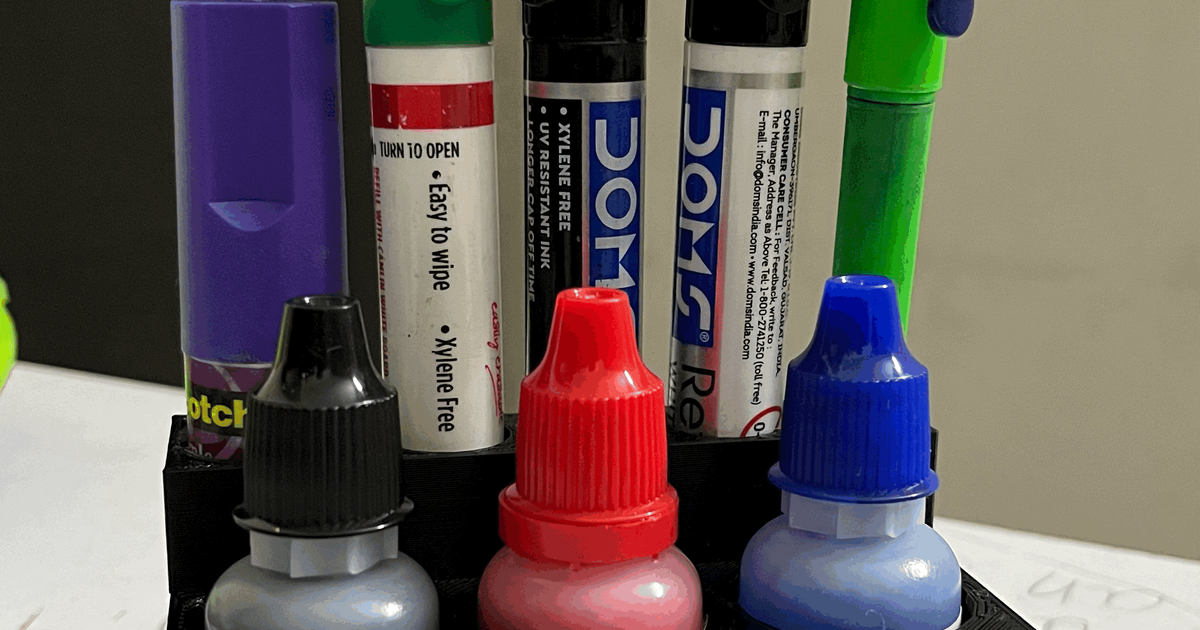
11. **Broader Chemical Tests and Instrumental Analyses: Beyond the Ink Bottle**
While ink chemistry is crucial, the world of “chemical tests and instrumental analyses” extends far beyond just dating the ink. This broader forensic discipline scrutinizes other components of a document—adhesives, pigments, seals, and even the subtle chemical changes that paper undergoes over time—to confirm authenticity or expose fraud. It’s a microscopic deep dive into every molecule present, seeking any inconsistencies.
Forensic chemists can use advanced instruments to identify the exact elemental composition of pigments used in a manuscript, verifying if they correspond to what was available and common during the alleged period of creation. Similarly, if a document contains a seal, the chemical makeup of the sealing wax or material can be analyzed. If it contains modern polymers or dyes, it’s a clear indicator of a fake, regardless of how convincing the seal’s impression might appear.
Techniques like X-ray fluorescence (XRF) or Fourier-transform infrared spectroscopy (FTIR) can non-destructively analyze the chemical fingerprint of various substances on the document. These methods can detect the presence of modern glues used for repairs, obscure contaminants, or even subtle residues from chemicals used in attempted alterations. Each component tells a story, and chemical analysis helps interpret these molecular narratives.
This highly specialized area of analytical and forensic chemistry is about building a comprehensive chemical profile of the document. By comparing this profile against historical knowledge of materials and processes, experts can determine if the document’s physical and chemical composition is congruent with its supposed age and origin, leaving no stone—or molecule—unturned in the quest for truth.
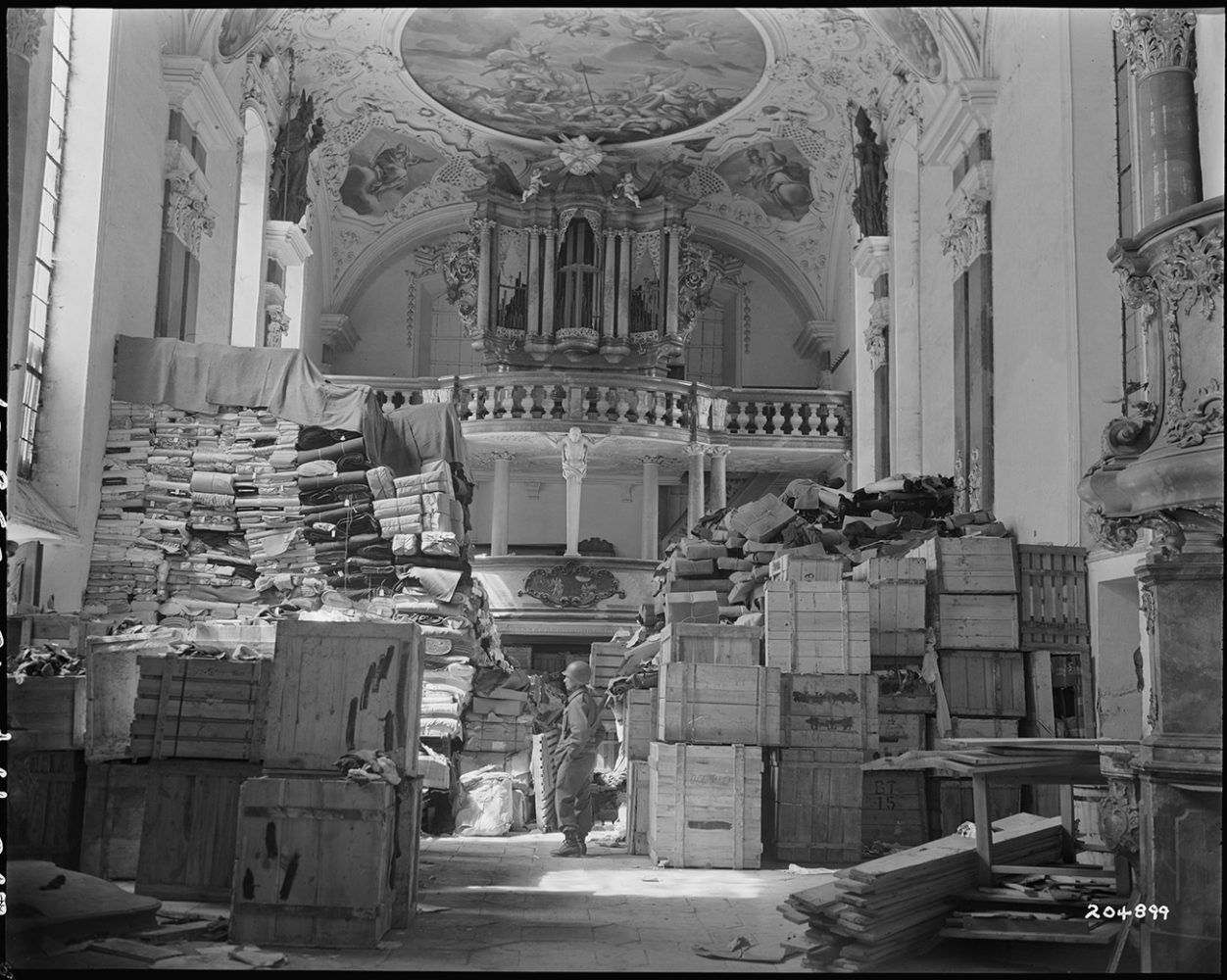
12. **Provenance and Internal Evidence: The Document’s Biography**
Beyond the physical examination of a document, forensic experts also delve into its story—its “provenance” and “internal evidence.” This isn’t about ink or paper, but about the document’s history of ownership, its journey through time, and the consistency of its content with known historical facts. It’s the detective work that places a document within its proper “historical context,” scrutinizing its narrative and lineage.
Provenance refers to the chain of ownership or custody of a document from its creation to the present day. A solid provenance, backed by reliable records, greatly enhances a document’s credibility. Conversely, a murky or unverifiable provenance—a document suddenly appearing from an unknown source—is a huge red flag. Experts investigate these histories, looking for gaps, inconsistencies, or fabricated ownership records, knowing that an authentic historical artifact usually has a well-documented past.
Internal evidence, on the other hand, examines the document’s content itself. Does the language, vocabulary, and style of writing match the period? Are there any anachronisms in the events described, the names mentioned, or the terminology used? A forger might be excellent at imitating handwriting, but they can easily slip up by including a historical inaccuracy or using a word that wasn’t invented until centuries later. Experts meticulously cross-reference the document’s claims with established “historical evidence provided by scholars.”
This multi-evidential approach, combining scientific analysis with rigorous historical and contextual research, forms a powerful barrier against fraud. It ensures that a document isn’t just physically convincing, but also historically sound in its narrative and background, making it incredibly difficult for a forger to present a plausible, yet false, piece of history.

13. **Computer Forensics: When Digital Meets Deception**
In our increasingly digital age, even the most “historical documents” can have a modern twist, especially when it comes to reproductions, digital archives, or documents created *about* historical events. This is where “Computer Forensics: Analyzing digital evidence to uncover electronic forgery and tampering” steps into the spotlight, providing a crucial modern layer to forgery detection. It’s a reminder that fraud isn’t limited to quill and parchment; it can also lurk in pixels and metadata.
While traditional document examination focuses on physical artifacts, computer forensics tackles documents that originated digitally, were scanned, or have been altered using software. Experts analyze metadata embedded within files, such as creation dates, modification histories, and the software used. Inconsistencies here can reveal if an image of a historical document has been doctored, or if a “newly discovered” historical text was actually typed on a word processor just last week.
Image analysis is another powerful tool. If a forger has digitally composited elements from different sources or subtly manipulated an image of a physical document, forensic software can often detect the tell-tale signs: unnatural pixel patterns, mismatched lighting, or inconsistencies in resolution. It’s a digital magnifying glass, revealing the seams in a digitally fabricated reality, ensuring that even digital representations of history remain untainted by fraud.
Ultimately, whether the forgery involves a carefully aged piece of parchment or a cleverly photoshopped image, the principles of forensic science remain the same: meticulous observation, advanced analytical techniques, and an unwavering commitment to the truth. In a world where historical documents connect us to our past, these dedicated experts are the silent guardians, protecting the integrity of our shared human story from the clutches of deception. Their work ensures that the whispers of history we hear are genuine, allowing us to truly appreciate the “historical background” and the “historical development” that shaped our world.



